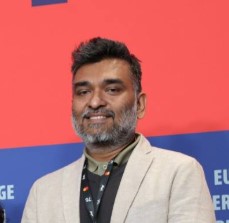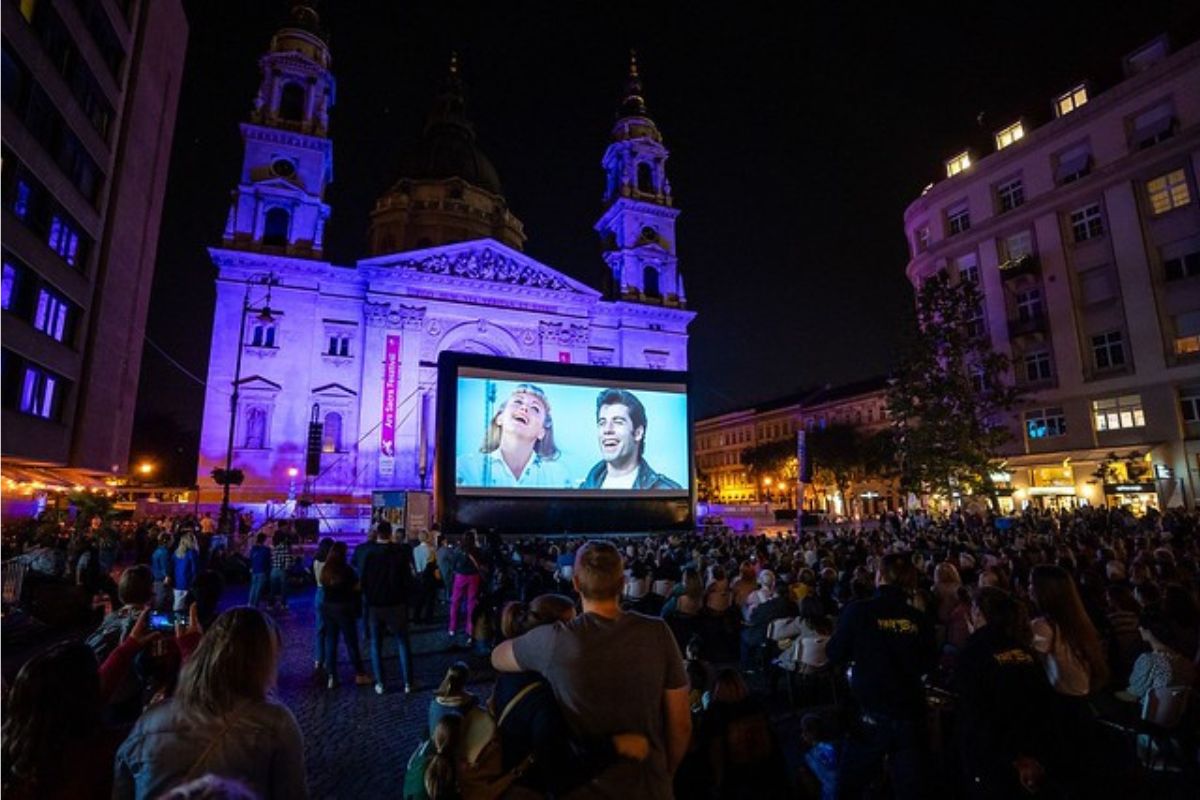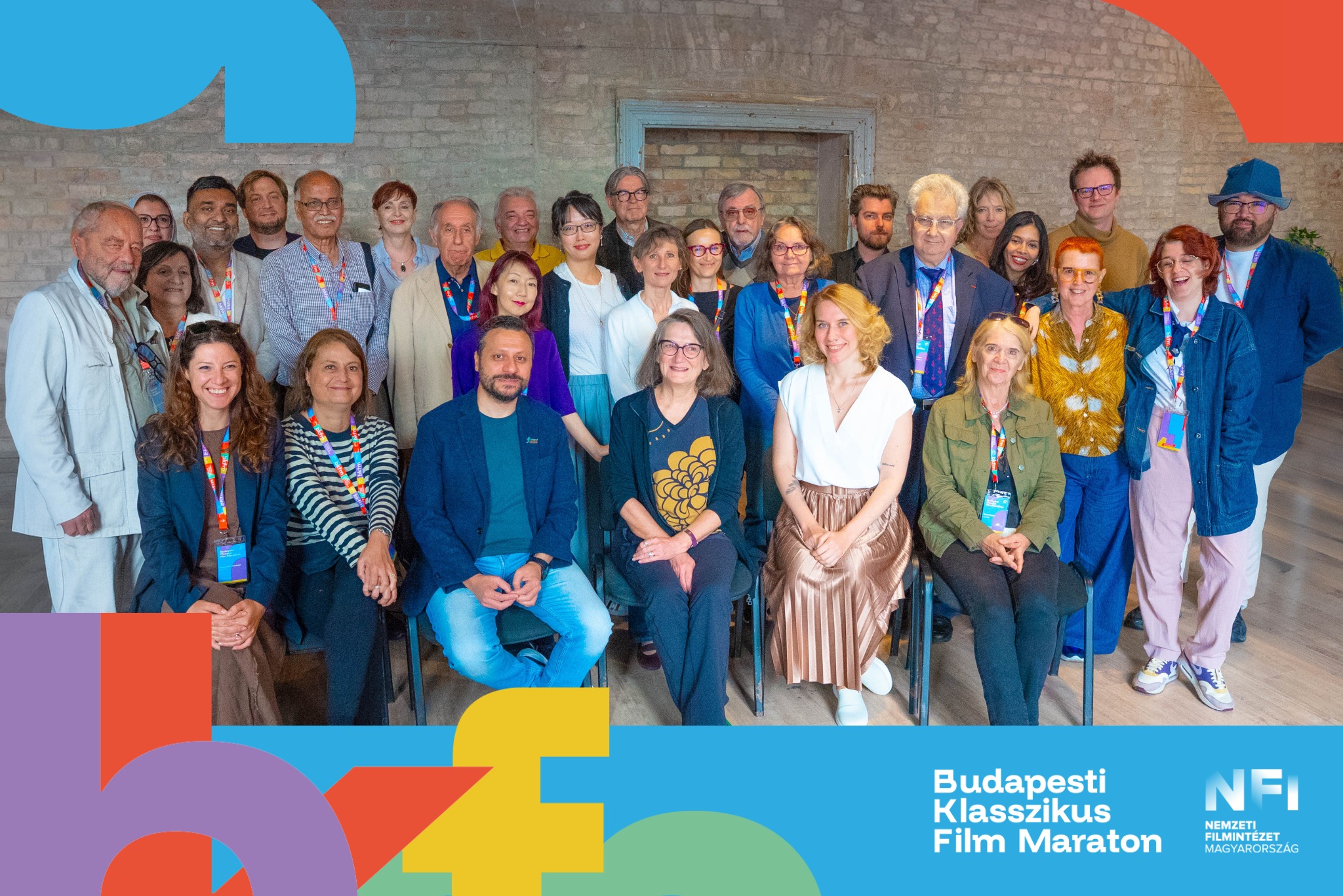
Published: : October 1, 2025, 12:36 PM

Watching a new film always means taking a risk. It’s true that word of mouth, newspapers, and various types of publicity may give you a preconception about a film, but until you watch the entire thing, it’s impossible to say whether you truly liked it or disliked it. This uncertainty—of good or bad—exists in every cinema hall, and also in film festivals. Perhaps the only exception is the Budapest Classics Film Marathon. Because only those films are shown here that possess the power to defeat time, meaning those that have transcended their era through the strength of art and have earned the admiration and love of audiences.
The Budapest Classics Film Marathon quickly gained popularity because old classical films are restored, repaired when necessary, and screened with utmost care. Needless to say, the festival maintains communication with laboratories across the world where important films are restored using advanced technology for screening on the big screen, and they bring those films from there for the audience to watch. Even though they are classics, not every film will appeal to everyone all the time. Still, setting aside individual taste, one can objectively say that this Hungarian marathon has become an important place to watch classical films from around the world.
This event has been held in Budapest, the capital of Hungary, since 2017. In its eighth edition this year, they co-hosted the General Assembly of FIPRESCI, the International Federation of Film Critics. FIPRESCI is celebrating its centenary this year. As part of that, I went to Budapest as a member of the Bangladesh FIPRESCI Chapter. You could call it two films with one ticket. Since Budapest was hosting the FIPRESCI General Assembly, I was invited not only to the FIPRESCI sessions but also to the marathon’s opening gala, special screenings, and more. Now the question is, what did I bring back from this cinematic journey? First of all, the word Bangladesh was written beside my name. The marathon authority published it in their various official documents, and thus the name Bangladesh will remain permanently in their records. As a Bangladeshi film critic, I gained an experience that I can now share with people of my country through writing, which is a joy for me. Alongside that, I was able to personally inform film critics and film professionals from 27 countries about Cut to Cinema—the international-standard trade magazine published from Bangladesh. I handed them copies myself. Not only that, I also requested that the Hungarian National Film Archive preserve it. They promised to keep the September issue because it had published advance news about the Budapest Marathon.

With each passing year, the Budapest Marathon is strengthening its destination. People say “a horse fit for the long race.” The Budapest Classics Film Marathon is that very horse. Otherwise, the way they are bringing living legend directors, actors, and film professionals to their events every year—and the way people are flocking to see them—gives the impression that within the next ten years, this event will become one of Europe’s major attractions. A quick look back makes it clear why I say this.
In 2018, the year after the marathon started, Italian cinema icon Claudia Cardinale (recently deceased) was invited. She attended the screening of Il Gattopardo. That year also saw the presence of Klaus Maria Brandauer, the Austrian actor of Mephisto fame; Jean-Marc Barr, known for The Big Blue; and Katinka Faragó, Ingmar Bergman’s long-time collaborator and Swedish producer.
In 2019, the marathon featured French comedian Pierre Richard, British minimalist composer Michael Nyman, acclaimed German actor Udo Kier, Dutch actress Johanna ter Steege of The Vanishing, Slovak actress Magda Vášáryová, and Hungary’s Oscar-winning director István Szabó.
There was a brief pause in 2020 due to COVID, and in 2021 no such internationally renowned guest attended. In 2022, Thierry Frémaux, the Artistic Director of the Cannes Film Festival, was present. In 2023, the guests of honor were Scottish filmmaker Kevin Macdonald, British producer Andrew Macdonald, Hungarian cinematographer Lajos Koltai of Malena fame, and French-Canadian animator-director Pierre Földes. In 2024, all the spotlight was drawn by German auteur Wim Wenders. And in 2025—this very year—Canadian director David Cronenberg, known as the “master of body horror,” was present. Also attending were American-Canadian Atom Egoyan, Canadian producer Robert Lantos, and Hungary’s Oscar-winning director István Szabó of Mephisto fame. The opening night screened Szabó’s Being Julia. On that occasion, I even got to exchange a few words with him.
From 16 to 21 September, besides 122 screenings, there were 26 student screenings, six roundtable sessions, four cine-concerts (that is, silent films accompanied by live music), a masterclass by David Cronenberg, and much more. The 130-year history of cinema was also celebrated significantly in this eighth edition. Rare reels shot by the Lumière brothers were given special screenings. Audiences were mesmerized watching the dedication of the Lumières. The effort to show these rare works through Thierry Frémaux was largely made possible by the Budapest Classics Film Marathon and György Ráduly, Director of the Preservation and Technical Division of the Hungarian National Film Institute and the Marathon. I observed how, through his initiative and energy, the entire marathon was moving ahead like a rocket. Their goals are firm and uncompromising. This awareness did not come to them overnight. Behind it lies a long journey of this society. That’s why Hungary’s contribution to the history of world cinema is so luminous.
One could name a dozen directors from this country who have established themselves as auteur filmmakers on the world stage and gained international recognition—Béla Tarr, Miklós Jancsó, István Szabó, Zoltán Fábri, Károly Makk, Márta Mészáros, László Nemes, among others. It should be noted that Károly Makk’s birth centenary was celebrated in the eighth edition of the marathon. Ten of his films were restored and screened this year. I couldn’t catch any of Makk’s films at the marathon, but I had already seen his famous Love (1971). Its narration and editing style stand apart from the many other European films of that era. And if we speak of film theorists and scholars, Hungary must be mentioned there too. Among the founders of film theory, the Hungarian Béla Balázs is a leading figure. Additionally, names like Marxist philosopher György Lukács, András Bálint Kovács, and Pauline Kael can be mentioned.
These names are not unfamiliar to Bangladeshi film enthusiasts. Moreover, those of us who teach cinema in classrooms are indebted to Hungary’s film theorists. There is much for us to learn from the way Hungary is moving forward with a long cinematic tradition and far-reaching plans. If we too, beyond the two Eids, could release our country’s classic films in theatres with proper promotion—or at least create a section for timeless films in our film festivals—it would serve as guidance for young filmmakers. At the same time, people would be able to watch our classic films again on the big screen and rid themselves of their inferiority complex.